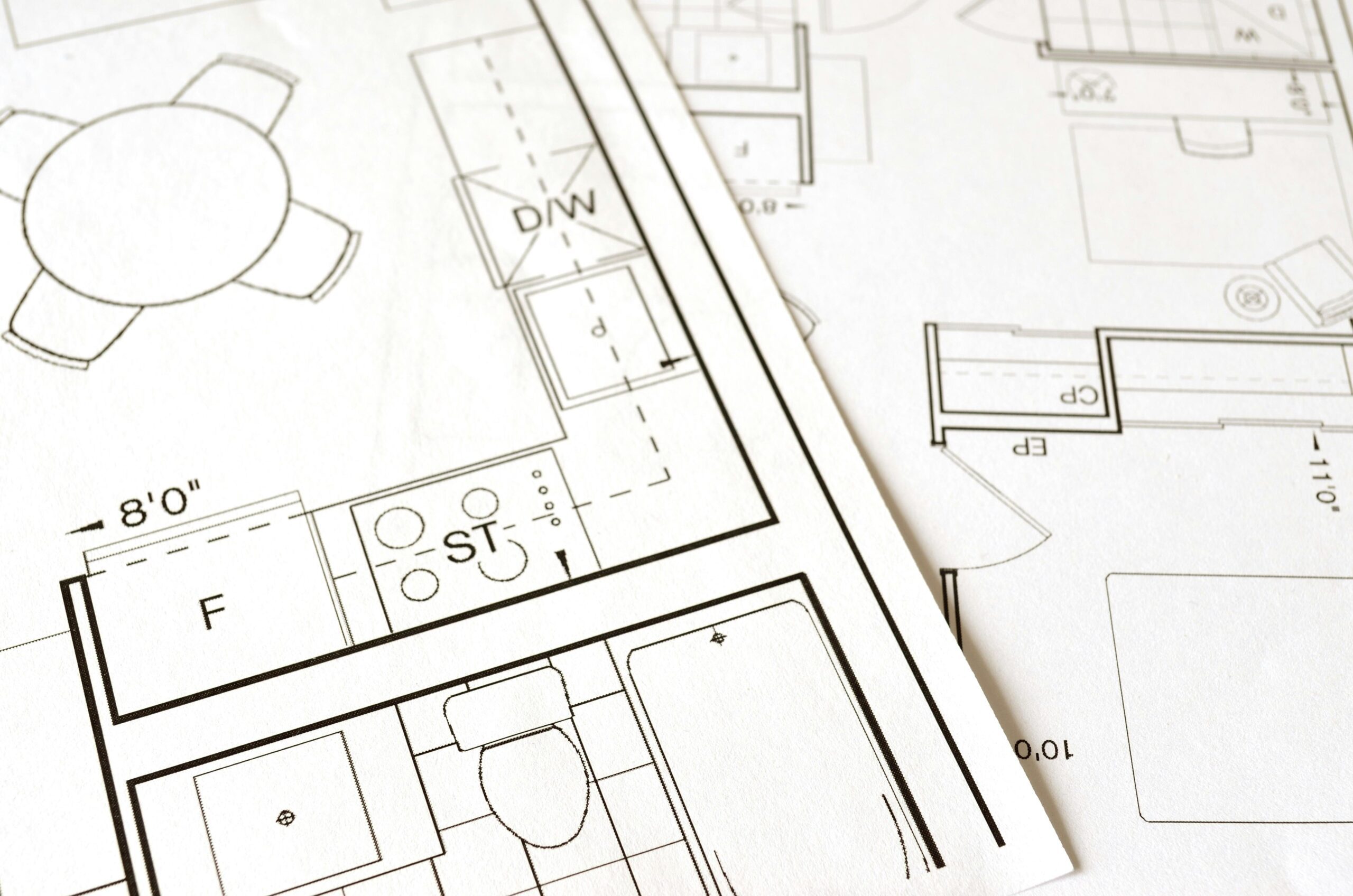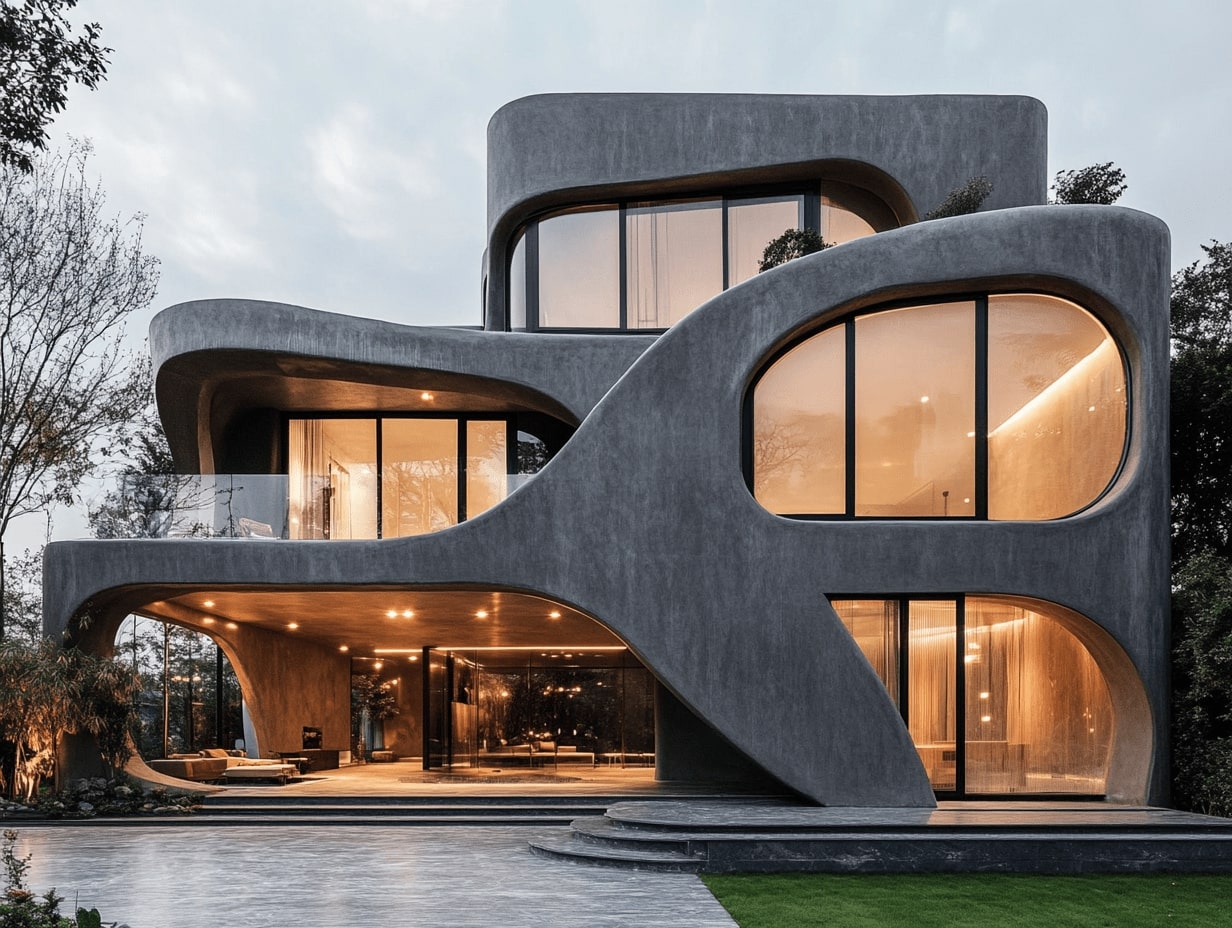- Home
- Articles
- Architectural Portfolio
- Architectral Presentation
- Inspirational Stories
- Architecture News
- Visualization
- BIM Industry
- Facade Design
- Parametric Design
- Career
- Landscape Architecture
- Construction
- Artificial Intelligence
- Sketching
- Design Softwares
- Diagrams
- Writing
- Architectural Tips
- Sustainability
- Courses
- Concept
- Technology
- History & Heritage
- Future of Architecture
- Guides & How-To
- Art & Culture
- Projects
- Interior Design
- Competitions
- Jobs
- Store
- Tools
- More
- Home
- Articles
- Architectural Portfolio
- Architectral Presentation
- Inspirational Stories
- Architecture News
- Visualization
- BIM Industry
- Facade Design
- Parametric Design
- Career
- Landscape Architecture
- Construction
- Artificial Intelligence
- Sketching
- Design Softwares
- Diagrams
- Writing
- Architectural Tips
- Sustainability
- Courses
- Concept
- Technology
- History & Heritage
- Future of Architecture
- Guides & How-To
- Art & Culture
- Projects
- Interior Design
- Competitions
- Jobs
- Store
- Tools
- More
Tips for Creating Clear and Readable Plans

Architectural plan drawings are an essential aspect of the design process for any construction project. They provide a detailed visual representation of a building or structure and are used by architects, engineers, and builders to guide the construction process. In this essay, we will discuss the importance of architectural plan drawings, their key components, and how they are used in the construction process.
The Importance of Architectural Plan Drawings
Architectural plan drawings are crucial in the construction process because they provide a detailed visual representation of a building or structure. They are used to communicate design ideas and specifications to engineers, builders, and contractors, ensuring that everyone is on the same page when it comes to the construction of the project. Additionally, they help to ensure that the project is completed on time, on budget, and to the satisfaction of the client.

Key Components of Architectural Plan Drawings
There are several key components of architectural plan drawings that are essential to their accuracy and usefulness. These components include:
Floor Plans – Floor plans provide a detailed layout of each level of a building, including the location of walls, doors, windows, and other features.
Elevations – Elevations provide a detailed view of the exterior of a building, showing the height and location of windows, doors, and other features.
Sections – Sections provide a cutaway view of a building, showing the internal structure and components of each level
Details – Details provide a close-up view of specific areas or components of a building, such as a window or door frame.
How Architectural Plan Drawings are Used in the Construction Process
Architectural plan drawings are used in several ways during the construction process. First, they are used to obtain necessary permits and approvals from regulatory bodies. Second, they are used by contractors and builders to ensure that the construction of the project is accurate and follows the design specifications. Finally, they are used by inspectors to ensure that the building meets safety and code requirements.
In conclusion, architectural plan drawings are an essential component of the design process for any construction project. They provide a detailed visual representation of a building or structure, including key components such as floor plans, elevations, sections, and details. They are used by architects, engineers, builders, and contractors to ensure that the project is completed accurately, on time, and to the satisfaction of the client.

Clear and Readable Plan Drawings
Drawing clear and readable plans with a good presentation is a crucial skill for architects. Not only do these plans need to convey the design intent accurately, but they also need to be easy to read and understand by all stakeholders involved in the construction process. By using appropriate scaling, clear labeling and annotation, a consistent visual style, logical organization, and appropriate software tools, architects can create plans that are easy to read, understand, and implement. Here are some tips to help architects draw clear and readable plans with a good presentation:
-Use appropriate scaling: One of the most important aspects of clear and readable plans is appropriate scaling. Plans should be drawn to a scale that is easy to read and understand, typically between 1:50 and 1:200. The scale should be consistent throughout the plan, and annotations and dimensions should be legible and proportional to the scale.
-Label and annotate clearly: Use clear and concise labeling and annotation to indicate different elements of the design, such as rooms, doors, windows, and finishes. Use consistent labeling conventions throughout the plan and avoid abbreviations or symbols that may not be clear to everyone. Additionally, use leader lines to clearly connect annotations to the corresponding element.

-Use a consistent visual style: A consistent visual style is key to a good presentation. This includes using a consistent line weight, style, and color, as well as a consistent font and size for labeling and annotation. Use shading and texturing appropriately to convey materials and finishes.
-Organize the plan logically: Organize the plan in a logical way that is easy to read and understand. This may include grouping related elements together, using layers or color-coding to differentiate between different types of elements, and ensuring that the plan flows naturally from one area to another.
-Use appropriate software tools: Using appropriate software tools can greatly enhance the clarity and readability of plans. BIM software, such as Revit and ArchiCAD, allow for easy creation of 3D models that can be translated into 2D plans with accurate annotations and dimensions. Additionally, using software tools such as SketchUp or Rhino 3D can help create highly detailed visualizations that can aid in presenting the design intent.

Submit your architectural projects
Follow these steps for submission your project. Submission FormLatest Posts
10 Essential Things to Consider When Designing a Floor Plan for Your Space
Discover the art of crafting the perfect floor plan in our latest...
How Elevations, Floor Plans, and Sections Work Together in Building Design
When designing a building—whether it’s a home, a commercial unit, or a...
Understanding the Architecture Design Process: Key Stages, Tools, and Future Trends
Explore the intricate architecture design process, where creativity meets functionality to craft...
Understanding Plot Plans: A Guide for Architects to Ensure Precision and Compliance
Discover the importance of plot plans in architecture and construction. Learn how...












Leave a comment